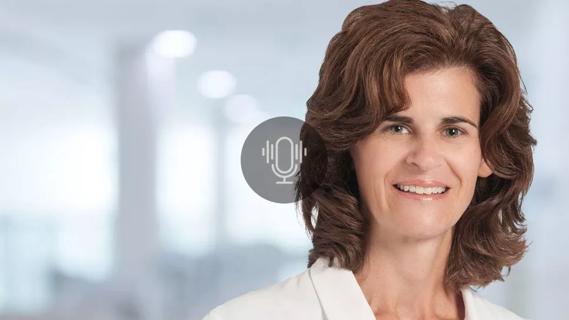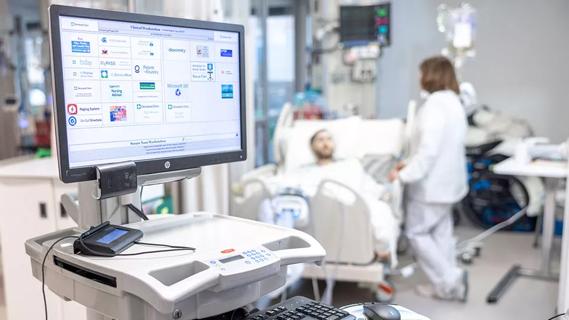
Shortly after participating in error prevention training on Cleveland Clinic’s main campus, a nurse in the pediatric ICU approached an anesthesiologist before the start of a patient procedure. Concerned that the physician had not thoroughly washed his hands, the nurse introduced herself and raised her concern. The anesthesiologist complied with the nurse’s request to rewash his hands.
Cleveland Clinic is a non-profit academic medical center. Advertising on our site helps support our mission. We do not endorse non-Cleveland Clinic products or services. Policy
Thanks to her training, the nurse felt empowered to advocate for patient safety. It’s a great example of what Cleveland Clinic Children’s hoped would happen when it instituted the error prevention training program four years ago. The program was developed by the Ohio Children’s Hospital Association, which has since expanded to more than 80 hospitals nationwide and been renamed the Children’s Hospitals’ Solutions for Patient Safety.
“The program has led to great results in Ohio,” says Elizabeth (Lisa) Smith, director of quality and patient safety at Children’s. “We’ve reduced not only serious safety events, but also reduced harm levels below that, such as the number of needle sticks. That’s the kind of stuff we don’t always focus on.”
The program has been so successful at Cleveland Clinic Children’s that it’s now being adopted by the health system’s community hospitals, including Fairview Hospital. Last fall, Fairview’s Women and Children’s Services Department trained approximately 30 staff members as instructors for the three-hour error prevention training classes. They included nurses, a child life specialist, a mental health worker and a few physicians.
Classes began in April. Staff from pediatrics, pediatric psychology and the pediatric emergency department are required to attend the training, which will be offered approximately 20 times in 2014. Nurses from other units have taken the class, too, including the NICU and nursery.
Maria Barsa, MSN, BSN, RN, CPN, spearheaded the effort to bring the program to Fairview Hospital. She took the course at main campus several years ago. “The program touches everybody in different ways, but it had such an impact on me,” says Barsa. “I wondered why we were not promoting this to everyone.”
The training is divided into two parts: The first part discusses how healthcare must be a high-reliability industry, then considers how safe Cleveland Clinic is and what patients need and expect. The second part presents tools to facilitate a culture of patient safety. The instructor shows video vignettes on what nurses should and should not do in various situations, such as taking orders from a physician or watching staff prepare for a procedure.
The class focuses on three primary behavioral expectations:
To meet those expectations, attendees are taught several techniques. One technique encourages nurses to pay attention to detail using STAR: Stop (pause for a moment). Think (focus on the act). Act (perform the act). Review (check the desired results). Another is three-way communication: The sender initiates communication, the receiver repeats back information and the sender then confirms the communication.
“The error prevention training program gives nurses tools to speak up if they recognize something that is a risk to our patients,” says Barsa. “It’s our job as nurses to keep patients safe, and this program helps us create a culture of patient safety.”

Holistic nurses work across all nursing specialties to support patients and caregivers

Outreach programs support residents, build relationships

Cleveland Clinic’s Executive CNO reflects on the image of nursing, aspirations for nurse leaders and more

Advice for preventing the negative physical and mental effects of sleep deprivation

Leadership rounds educate nurses and foster teamwork

Phone triage system reduces call backs and delays in care

Nurses play key role in comprehensive lifetime treatment program

Customized bots improve speed, efficiency by streamlining daily clinical, clerical tasks